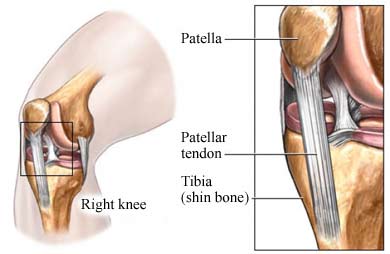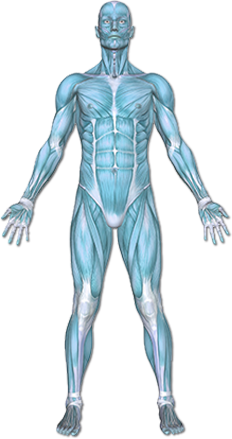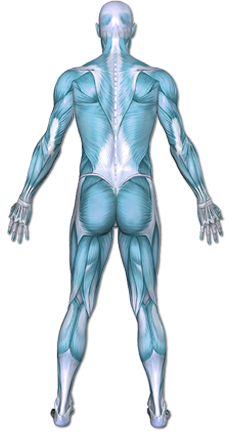Osgood-Schlatter Disease
Osgood-Schlatter disease is inflammation of the bone and surrounding soft tissue just below the knee. It occurs at the point where the shinbone attaches to the tendon of the kneecap.


Copyright © Nucleus Medical Media, Inc.
This content was created using EBSCO’s Health Library
Osgood-Schlatter disease is caused by repeated tension or stress on the upper part of the shinbone during its growth spurts.
This content was created using EBSCO’s Health Library
Factors that may increase your risk of getting this condition include:
- Sex: males are at greater risk than females
- Age: 10 to 18 years old
- Rapid growth spurts
- Activities that stress the patellar tendon, such as jogging, jumping, and sudden turning
- Being overweight
This content was created using EBSCO’s Health Library
Osgood-Schatter disease may cause:
- Pain, swelling, and/or tenderness just below the knee that usually worsens during physical activity
- A swollen, painful bump just below the knee
This content was created using EBSCO’s Health Library
The doctor will ask about your symptoms, medical history, and physical activity. An examination of your knee will be done. Diagnosis is based on the symptoms. In some cases, you may have an x-ray or an ultrasound of the knee.
This content was created using EBSCO’s Health Library
Osgood-Schlatter disease may go away when the bones and tendons have finished growing. The bump may be permanent. Physical therapy treatment may include:
- The use of modalities such as ice, heat, and ultrasound to help reduce swelling and manage pain
- Use of hands-on treatment to increase flexibility and strengthen the affected muscles
- Custom orthotics or education on proper footwear
This content was created using EBSCO’s Health Library
To prevent the occurrence or recurrence of Osgood-Schlatter disease:
- Encourage overweight children to lose weight.
- Encourage children to exercise regularly but moderately, and to avoid weight-bearing activities that put excessive stress on the patellar tendon. These include jogging, jumping, and sudden turning.
- Ask your child’s doctor for stretching and strengthening exercises for the shinbone/patellar tendon.
This content was created using EBSCO’s Health Library
This content was created using EBSCO’s Health Library


